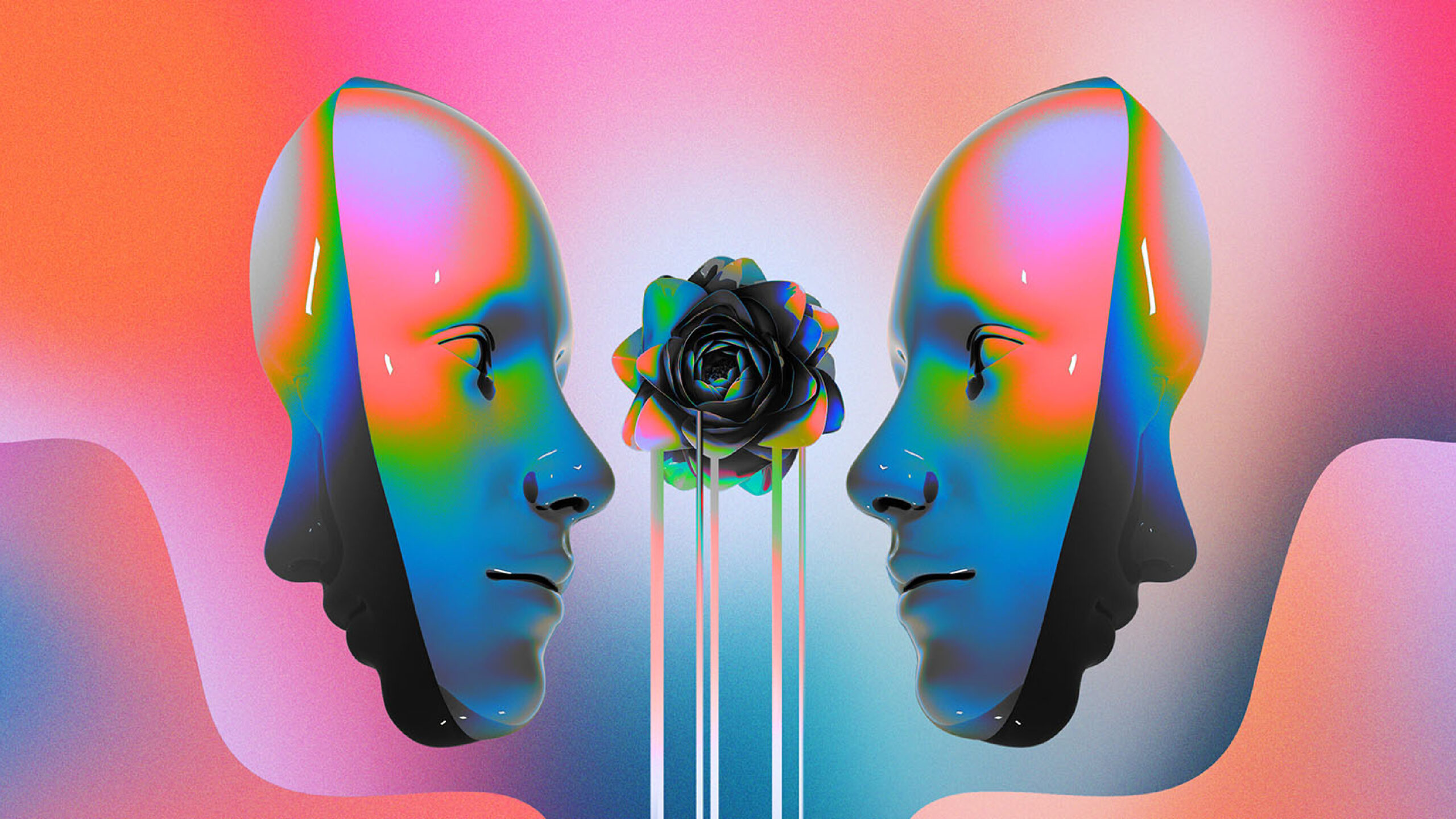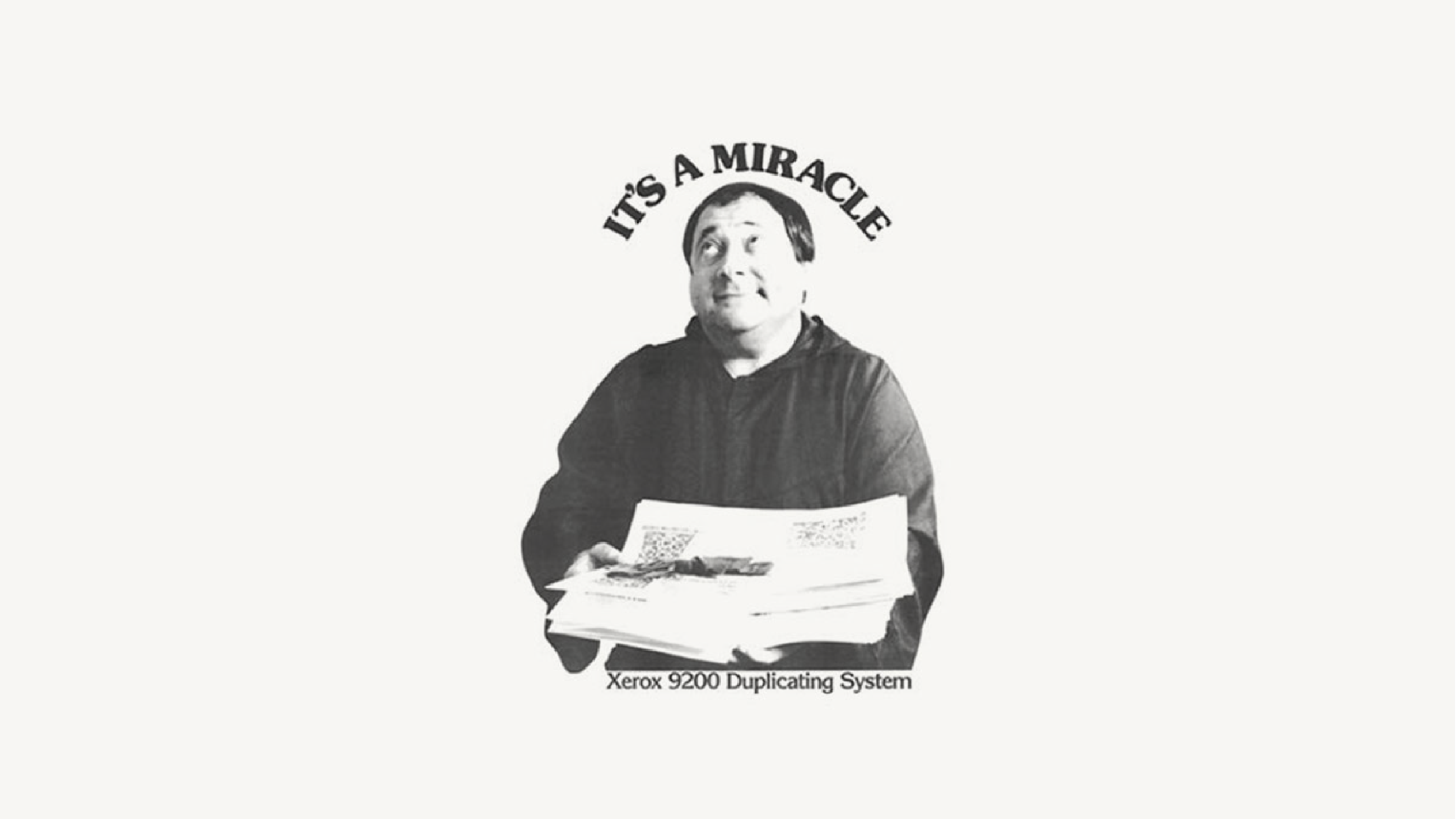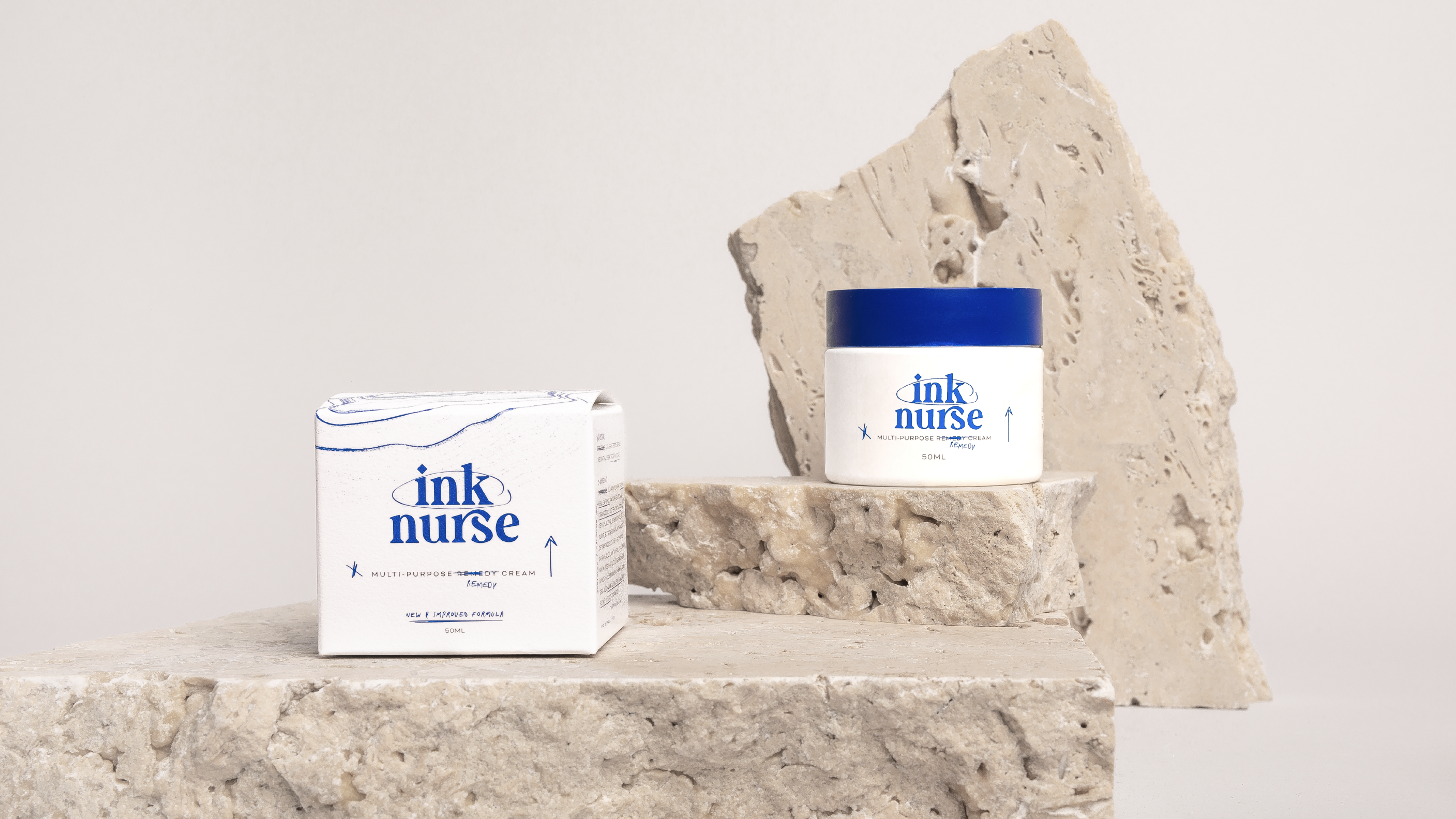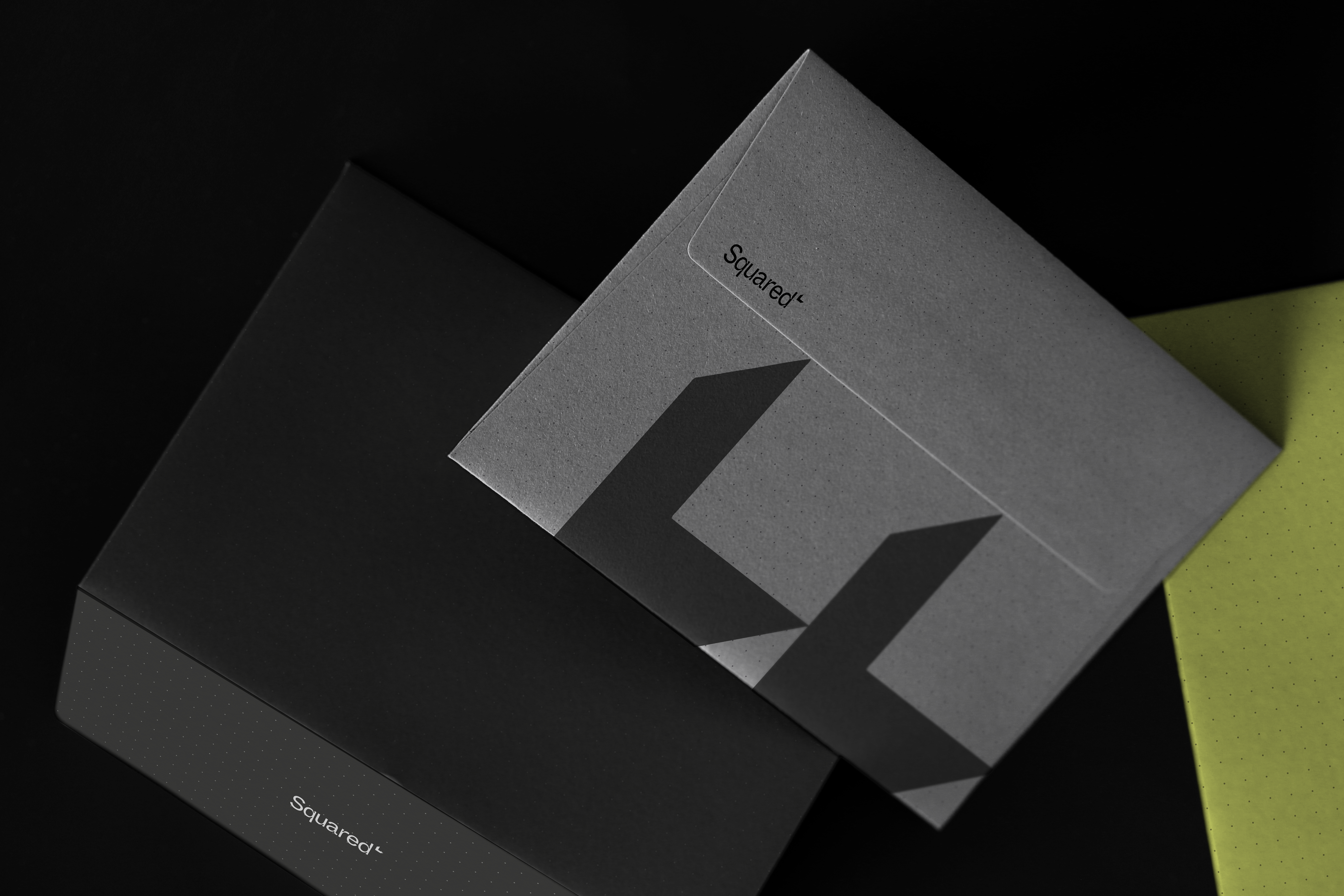
Graphic Design Trends 2022
Understanding the technical detail and conceptual motivation behind the latest graphic design trends offers a solid bedrock for evolving personal style. Conforming to trends can feel like trudging a well-trodden track, and whilst appealing to the masses has its benefits, our team will always opt for growth over goal posts. We’ve come together to speculate on three emerging trends in graphic design that are gaining traction this year. Holding past roots and planting seeds for future interpretation, these trends share a sense of structural defiance and a return to ‘natural’ form.
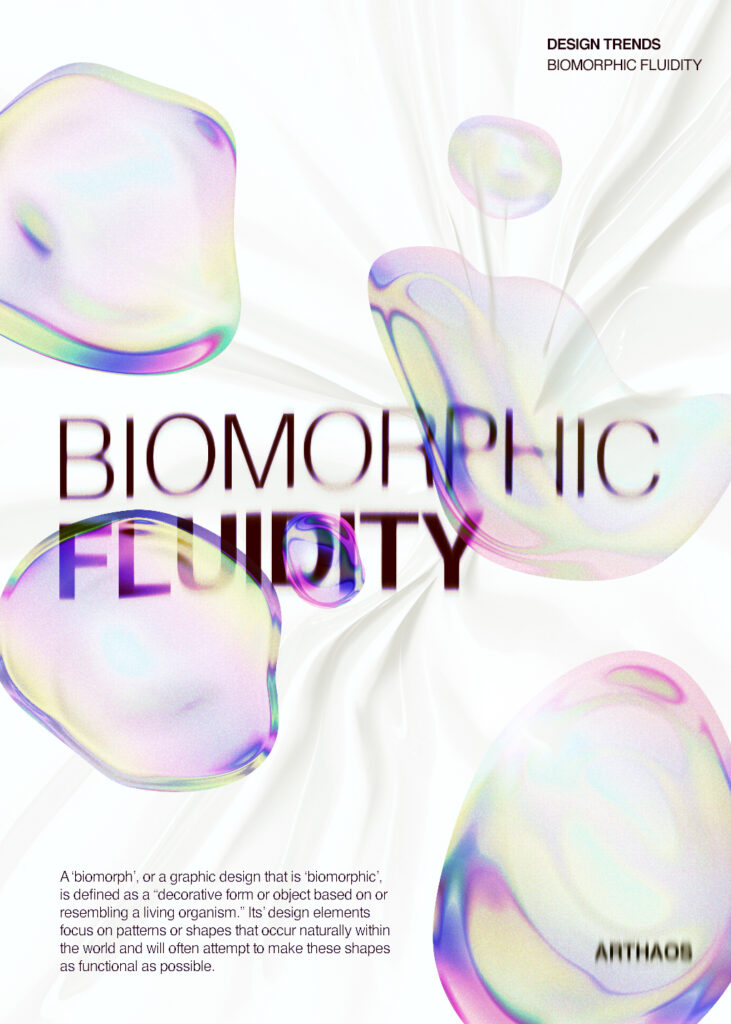
1. Biomorphic Fluidity
A ‘biomorph’, or a graphic design that is ‘biomorphic’, is defined as a “decorative form or object based on or resembling a living organism.” Its’ design elements focus on patterns or shapes that occur naturally within the world and will often attempt to make these shapes as functional as possible. Think Salvador Dali’s melting clock in The Persistence of Memory (1931) or the branching columns inside Antoni Gaudi’s Sagrada Família. Our addition of ‘fluidity’ to this design trend speaks to the technological turn in graphic design practice. Digital developments, specifically 3D modelling software, have elevated the surreal quality behind biomorphic design. Enhancing textural qualities and animating movement, this trend pushes natural definitions toward a new reality.
2. Style Wars
Legendary documentary Style Wars (1983) made its mark by capturing the early days of New York city’s burgeoning graffiti and hip-hop scene. Recording “a golden age of youthful creativity” borne from a “city in crisis,” the film paints a dynamic scene indebted to the plights and camaraderie of marginalised communities. The style became a way to express yourself through a typeface or colourway’s intricacies, but most importantly, resisting the (dis)order of public space. The soul behind the style lives on through the naivety of bubble written throw-ups and the sharp symbolism of wildstyle wording. Paired with the simplicity of 70s graphics, bold 80s colour palettes and grainy 90s textures, this melting pot becomes more an extension of competing legacies than the emergence of one singular trend.
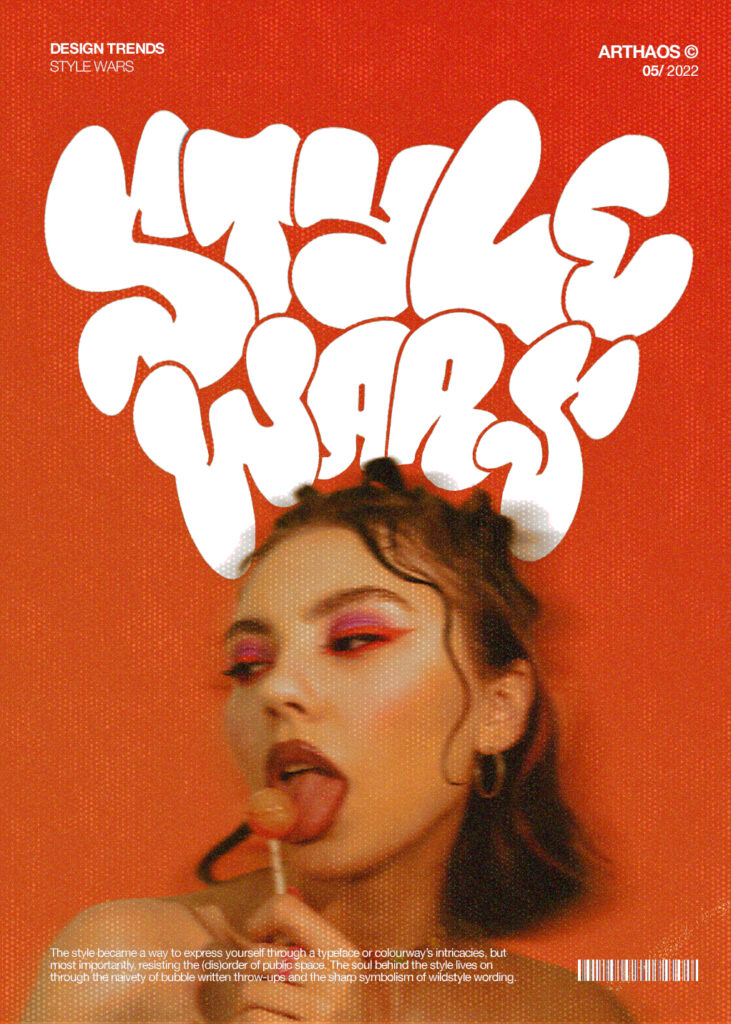
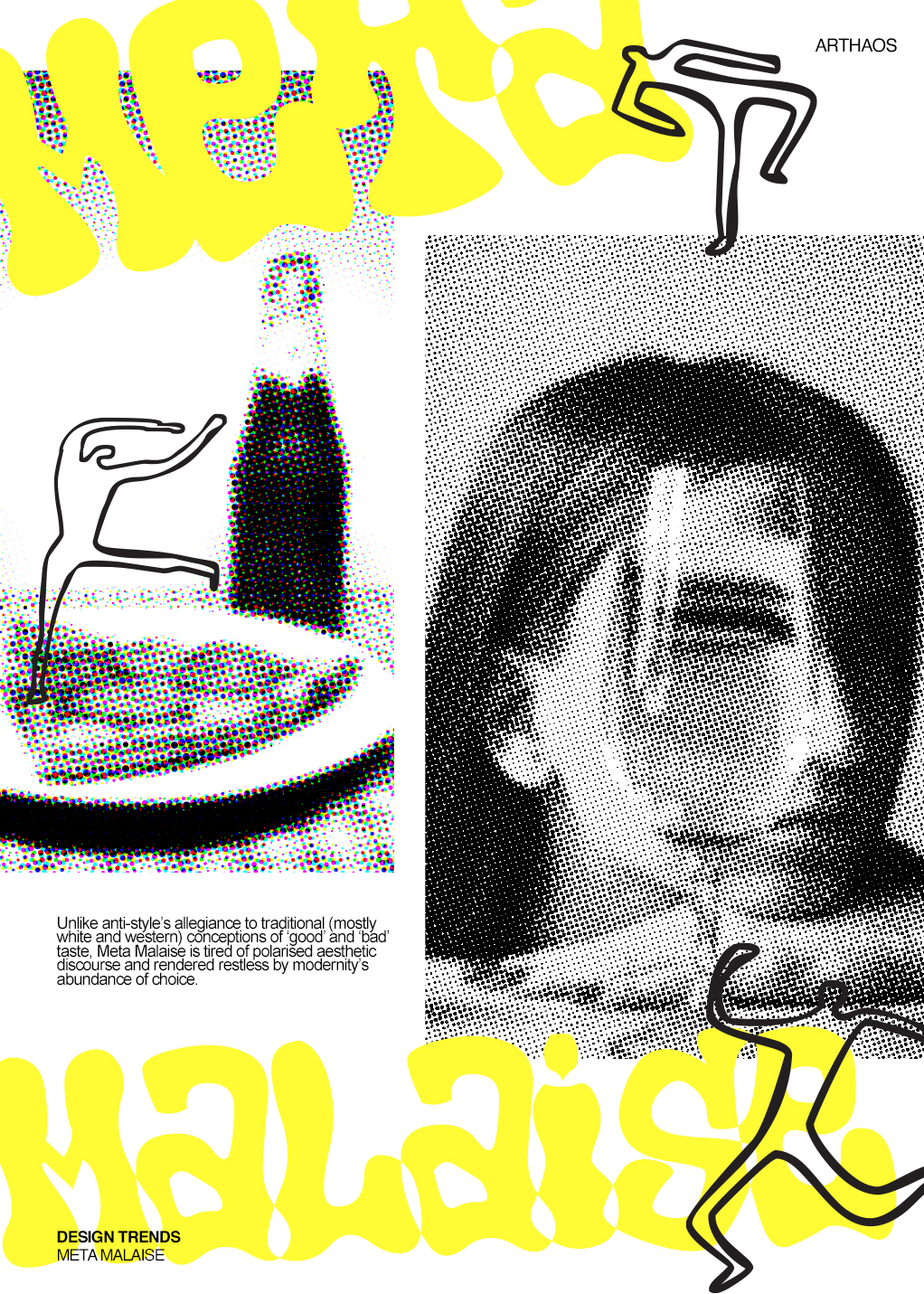
3. Meta Malaise
Unlike anti-style’s allegiance to traditional (mostly white and western) conceptions of ‘good’ and ‘bad’ taste, Meta Malaise is tired of polarised aesthetic discourse and rendered restless by modernity’s abundance of choice. It’s an aesthetic that oozes a desire for the sake of desires – a new type of stress that attempts to make sense of the endless images and information that circulate throughout our lives. Drawing references from past trends with a post-ironic sensibility, Meta Malaise embodies the expressive rawness of undirected and uninspired energy. Think low-resolution pop-cultural iconography, slack-lined figure drawings, cringe catchphrases, 90s nihilism, the emptiness of 80s opulence, illegibility and a distaste for quality over quantity.
Every modern graphic design trend has a lineage that draws into the past and signals a different future. That’s the beauty (or ugliness) of culture. It bleeds into every facet of life. Becoming aware of current trends shouldn’t serve to structure your graphic design portfolio but inform your thinking when approaching your next project. Biomorphic Fluidity, Style Wars and Meta Malaise share a penchant for resistance and sentimentality. There is a genuine sense that contemporary design practice is being torn from all angles whilst finding comfort through this chaos. As Pablo Picasso would say, “every act of creation begins with an act of destruction.”

